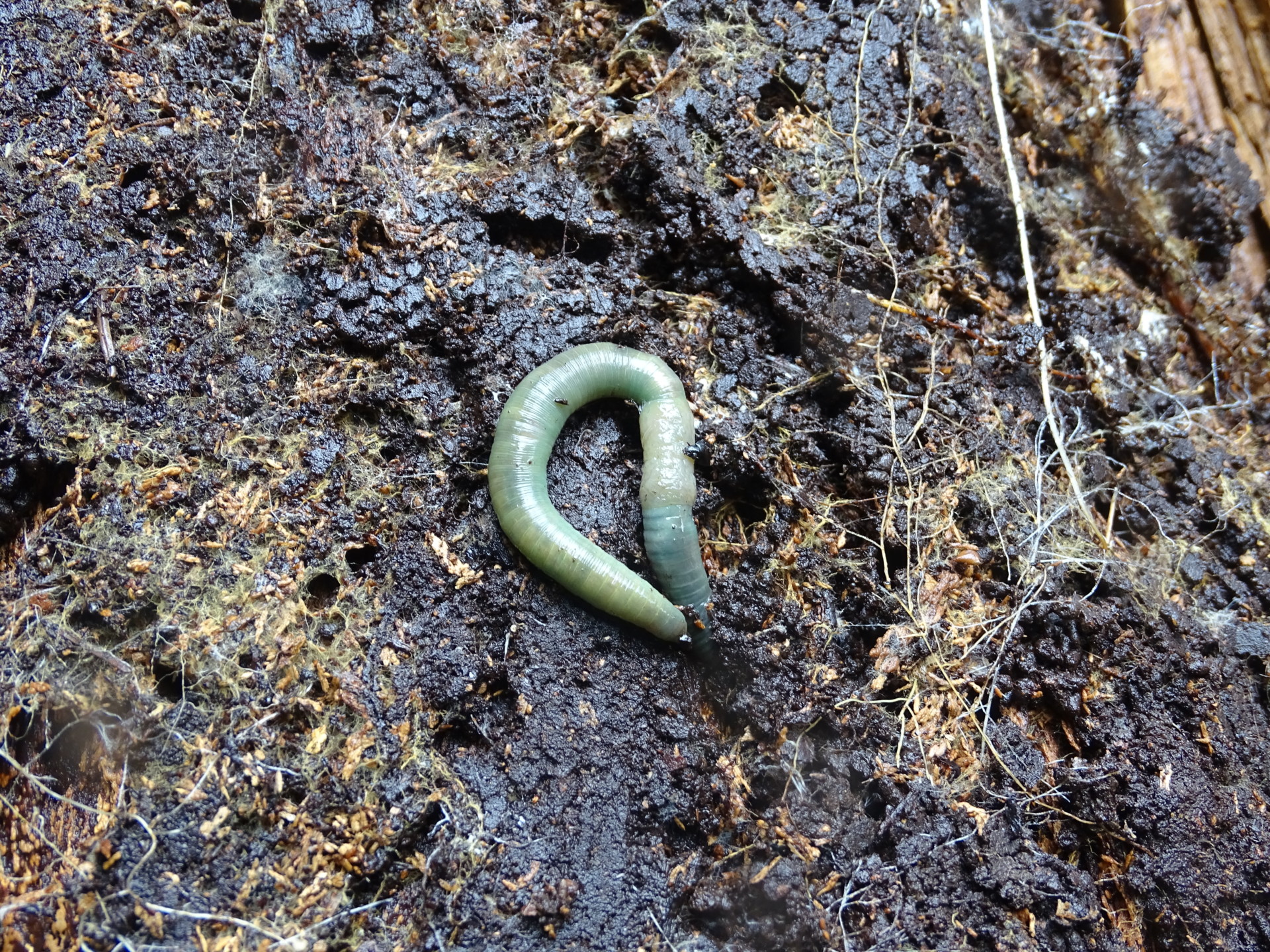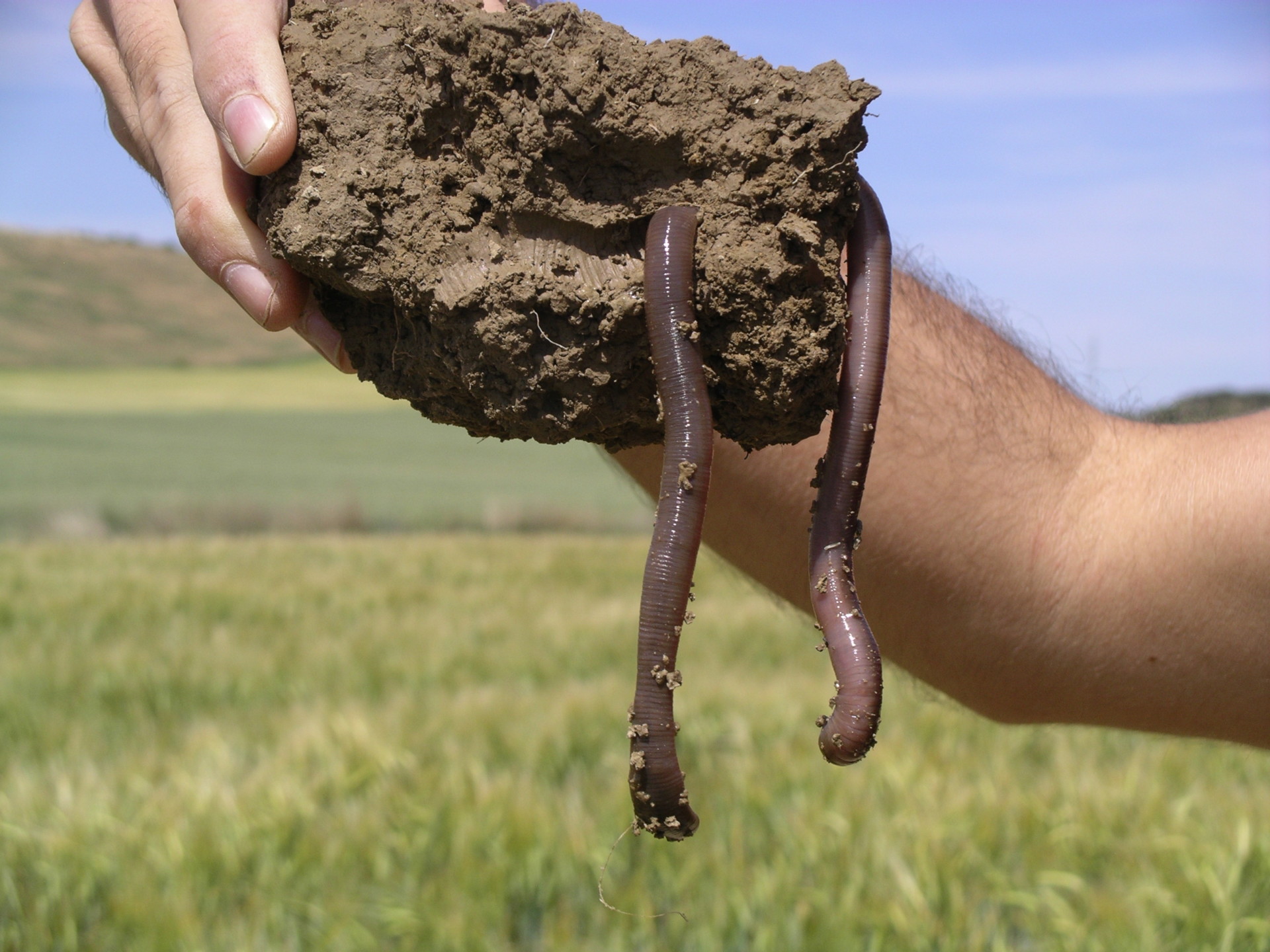
Worms in the Aporrectodea genus include some of the most common earthworms in the Palearctic ecozone and in agricultural soils across the temperate regions of the world. Photo: Michael Steinwandter
Researchers from Colorado State University are among 140 scientists across the globe who have compiled the largest earthworm dataset in the world, encompassing 6,928 sites in 57 countries.
The research team found that in any single location, there are typically more earthworms and more earthworm species in temperate regions than in the tropics. The scientists also found that global climate change could lead to significant shifts in earthworm communities worldwide, threatening the many functions they provide.
Results from the study, “Global distribution of earthworm diversity,” are published online Oct. 24 in Science. The research project known as sWorm was led by scientists from the German Centre for Integrative Biodiversity Research (iDiv) and from Leipzig University in Germany.
Diana Wall, a co-author, soil ecologist and director of CSU’s School of Global Environmental Sustainability, said that CSU scientists have studied earthworms and their ecosystem functions in different continents, so their data were important for the lead researchers to better understand earthworm biodiversity on a global scale.
Studying soils, all over the world
The Global Soil Biodiversity Initiative is a collaborative of scientists that inform the public and help shape environmental policy for the sustainability of soils. University Distinguished Professor Diana Wall serves as the scientific chair of the initiative, which includes more than 4,000 researchers. The administrative offices are housed in the School of Global Environmental Sustainability.
“People don’t know about global soil biodiversity but they do know about earthworms and their great impact on ecosystems, so one of the questions we tackled was: How do you handle data ranging from museums to molecular data, not to mention all the taxonomic names that exist for earthworms?” she said.
Wall, who also serves as science chair of the Global Soil Biodiversity Initiative, took part in the sWorm workshops, where scientists worked through these questions, and more, on the way to publishing this study.
Ecosystem engineers

Earthworms can be found in many ecosystems. Where the soil is not frozen, too wet, acidic, or completely dry, earthworms substantially shape the way ecosystems function. They dig holes, mix soil components and eat organic debris. By doing so, they drive a wide range of ecosystem services, such as nutrient provision, freshwater supply, carbon storage, climate mitigation or seed dispersal. This is why earthworms are considered highly important “ecosystem engineers.”
This important role is also reflected by the large amount of biomass that accumulates in earthworms: the total earthworm biomass is often larger than that of all mammals living in the same area.
Diversity belowground
First author Helen Phillips, a researcher at the German Centre for Integrative Biodiversity Research and Leipzig University, said that until now, scientists had been unable to quantitatively investigate global patterns for earthworms, since there was no worldwide dataset.
The results of this huge effort show that patterns of belowground biodiversity do not match those observed for organisms living aboveground.
Plant, insect or bird diversity increases from high to low latitudes, meaning that the number of species is highest in the tropics. For earthworms, however, the researchers found the opposite pattern. In fact, the highest local earthworm diversity was found in Europe, the northeast U.S. and New Zealand. Similar patterns were found for earthworm abundance and earthworm biomass.
Steve Fonte, assistant professor of agricultural systems science at CSU, provided earthworm data or connected the lead authors with former students in South American — including Bolivia, Colombia, Ecuador, Honduras, Nicaragua and Peru — as well as California and Colorado in the U.S.
“We as scientists have been talking for a long time about the influence of earthworms, how they are distributed and where they’re important in the world,” he said. “The study gives us new revelations of where earthworms are important drivers of soil function.”
“We as scientists have been talking for a long time about the influence of earthworms, how they are distributed and where they’re important in the world. The study gives us new revelations of where earthworms are important drivers of soil function.”
— Steve Fonte, assistant professor of agricultural systems science at CSU
Andre Franco, a soil ecologist and postdoctoral researcher in the Department of Biology at CSU, said that he contributed data from his doctoral thesis at the University of São Paulo in Piracicaba, Brazil.
“This was brilliant work, and a heroic collaborative effort” on the part of lead authors Helen Phillips, Nico Eisenhauer and Erin Cameron, said Franco.
“Now, we can identify where these species are and where they are more vulnerable to changes in the climate,” he explained. “It also gives us the potential to see where earthworms are more threatened, and more at risk of becoming endangered than in other places.”
Franco’s data, which looked at pastoral lands that were being used to produce sugar cane in Brazil, found a nearly 98 percent reduction in earthworm abundance with changes in land use.
“By losing those earthworms, we are losing the ecosystem services that they provide,” he said. “We are losing the structure of the soil, and the soil is less stable and more vulnerable to erosion. We are also losing carbon. If the earthworms are not there anymore, a lot of the carbon is lost to the atmosphere.”
Co-authors from CSU include Courtland Kelly, who is pursuing a doctorate through the Graduate Degree Program in Ecology, and Steven Vanek, research scientist in the College of Agricultural Sciences.
In addition, Elizabeth Bach, now an ecosystem restoration scientist at The Nature Conservancy in Franklin Grove, Illinois; and Tunsisa Hurisso, now an assistant professor at Lincoln University of Missouri, contributed to this research while at CSU.